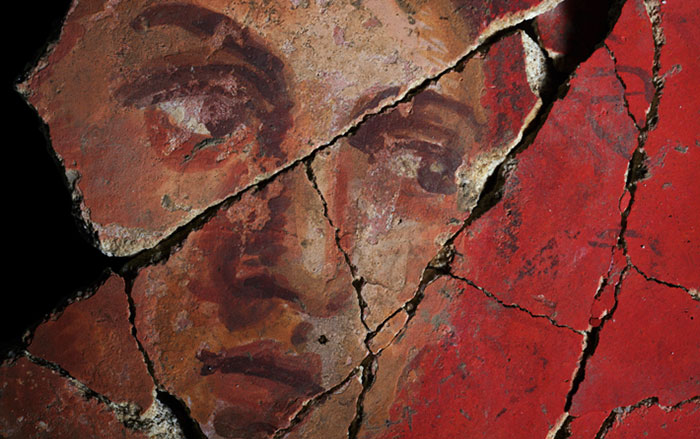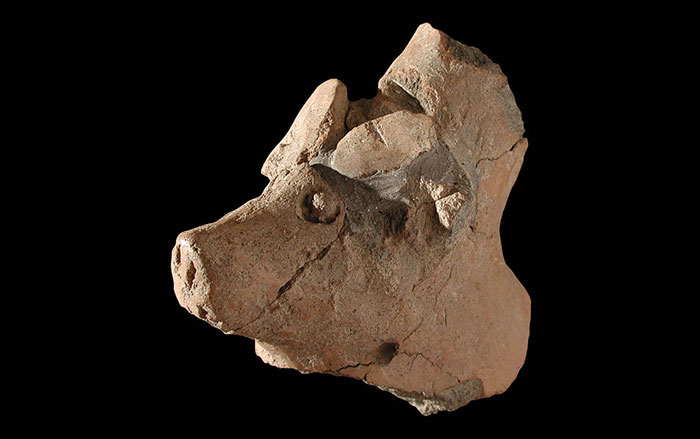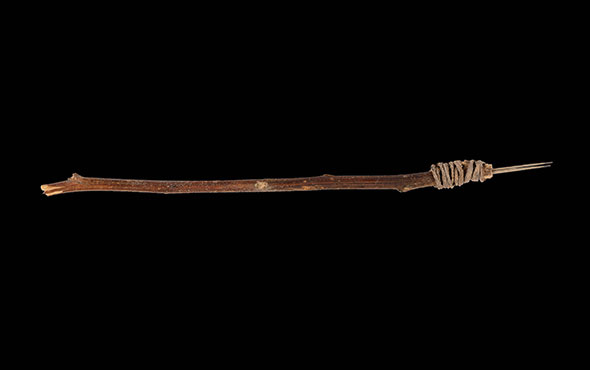
PARIS, FRANCE—AFP reports that an international team of archaeologists and geneticists compared genomes obtained from 28 grape pips discovered at nine archaeological sites in France with the genomes of modern grape varieties. One 900-year-old grape seed, unearthed at a medieval site in the center of the country, was found to have DNA identical to Savagnin Blanc, a grape used to produce a wine known in France as Vin Jaune, and in Central Europe as Traminer. “That shows us that this grape has been maintained for at least 900 years,” said Nathan Wales of the University of York. “People have been taking that plant, cutting it, grafting it, and maintaining that lineage.” The study also revealed that humagne blanche, a white grape grown in the Swiss Alps, is related to grapes grown by the Romans in southern France. “There are stories where at some point Romans took vines into the Alps in Switzerland, and this shows that these stories were probably true,” Wales said. The lineages known today as chardonnay and pinot noir have also been around for thousands of years, he added. To read about ancient gardens and about vineyards in Roman Pompeii, go to "The Archaeology of Gardens."











